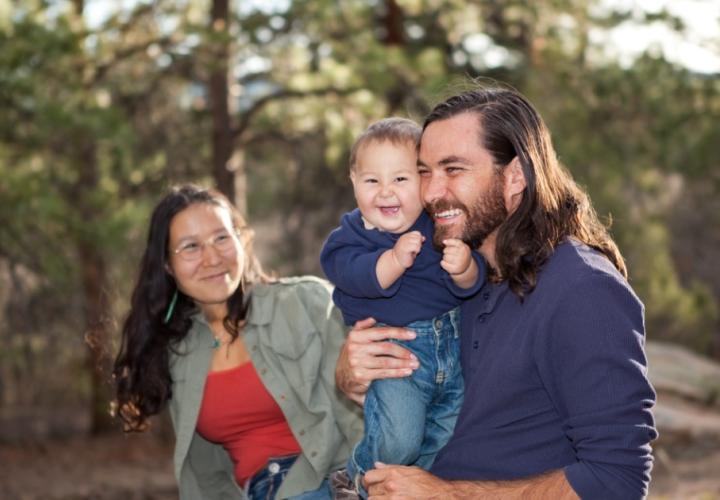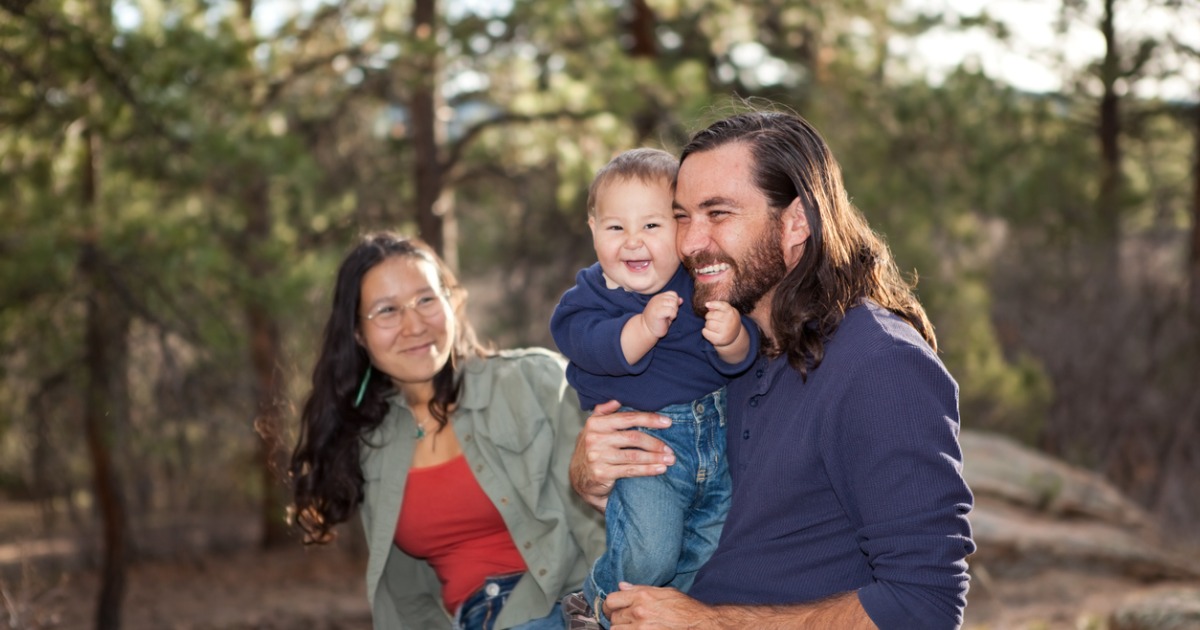1. Here are some facts about tribes living in the U.S.
- “Saukiog” was the Native American name for Hartford! (Read to the bottom for more on tribes in Connecticut.)
- Cherokee is the largest tribe in the U.S.
- There are about 175 indigenous languages spoken in the U.S.
- You can walk parts of the Trail of Tears if you travel to Missouri. The Trail of Tears marks an extremely important time in history. Between 1830 and 1850, about 60,000 Native American people were forced out of their homes because of President Andrew Jackson’s Indian Removal Act.
- Rubber? Corn? Kayaks? Mouthwash? Those amazing inventions were entirely the work of Native American design. (Here is a list of other inventions that have roots in Native American culture.)
2. It took decades for Native Americans to be granted citizenship—and the right to vote.
Yes, this is true. It wasn’t until 1924 when Congress enacted the Indian Citizenship Act. This same year, Native Americans were also given the right to vote, but not in all 50 states. That took another four decades.
3. Indigenous peoples often wish to be referred to by their specific tribal name— but it depends.
While “Native American,” “American Indian” and “Indigenous peoples” are acceptable and common terms used interchangeably, it’s best to refer to a group of people as their individual tribal name whenever possible. When in doubt, always ask someone about their background.
To be clear, “indigenous” means the original inhabitants who first occupied a land or region. So, the Indigenous peoples of America has the same meaning as Native Americans. The phrase “Indigenous peoples” simply does not assign the American nationality.
4. No, Christopher Columbus did not discover America.
There were already 50 million Indigenous peoples living in the area of land Mr. Columbus claimed to “discover.”
In an effort to bring more awareness to Indigenous cultures, last year President Biden issued an official proclamation for Indigenous People’s Day. This day is recognized around the same time as Columbus Day every year. This is a major milestone in celebrating Native American and Indigenous cultures.

